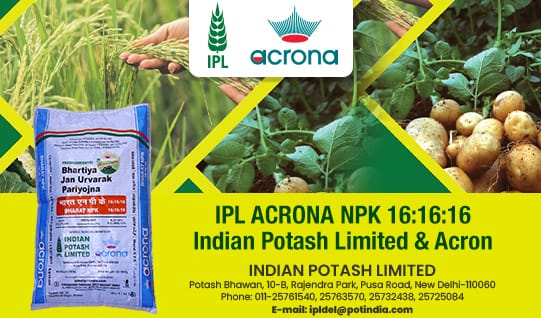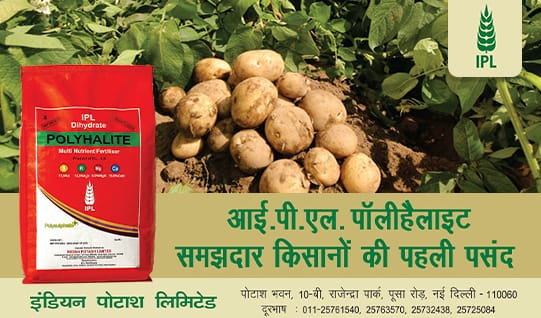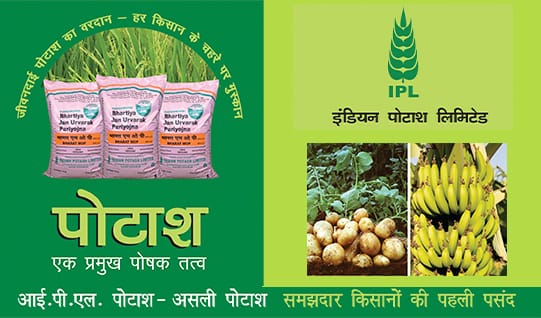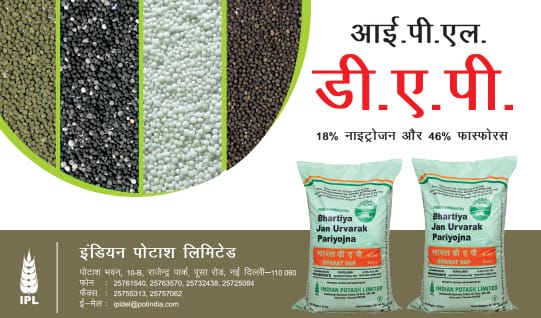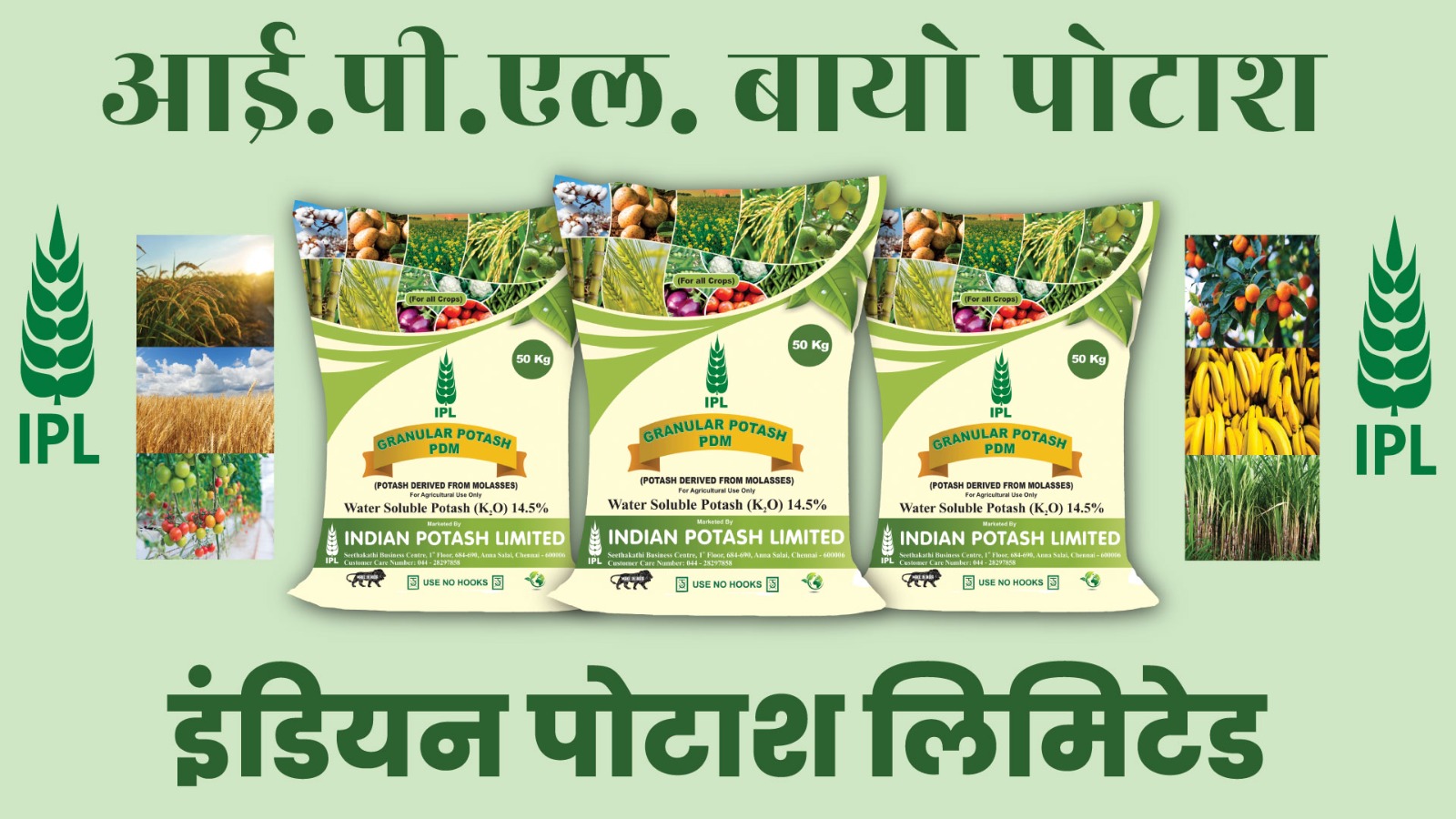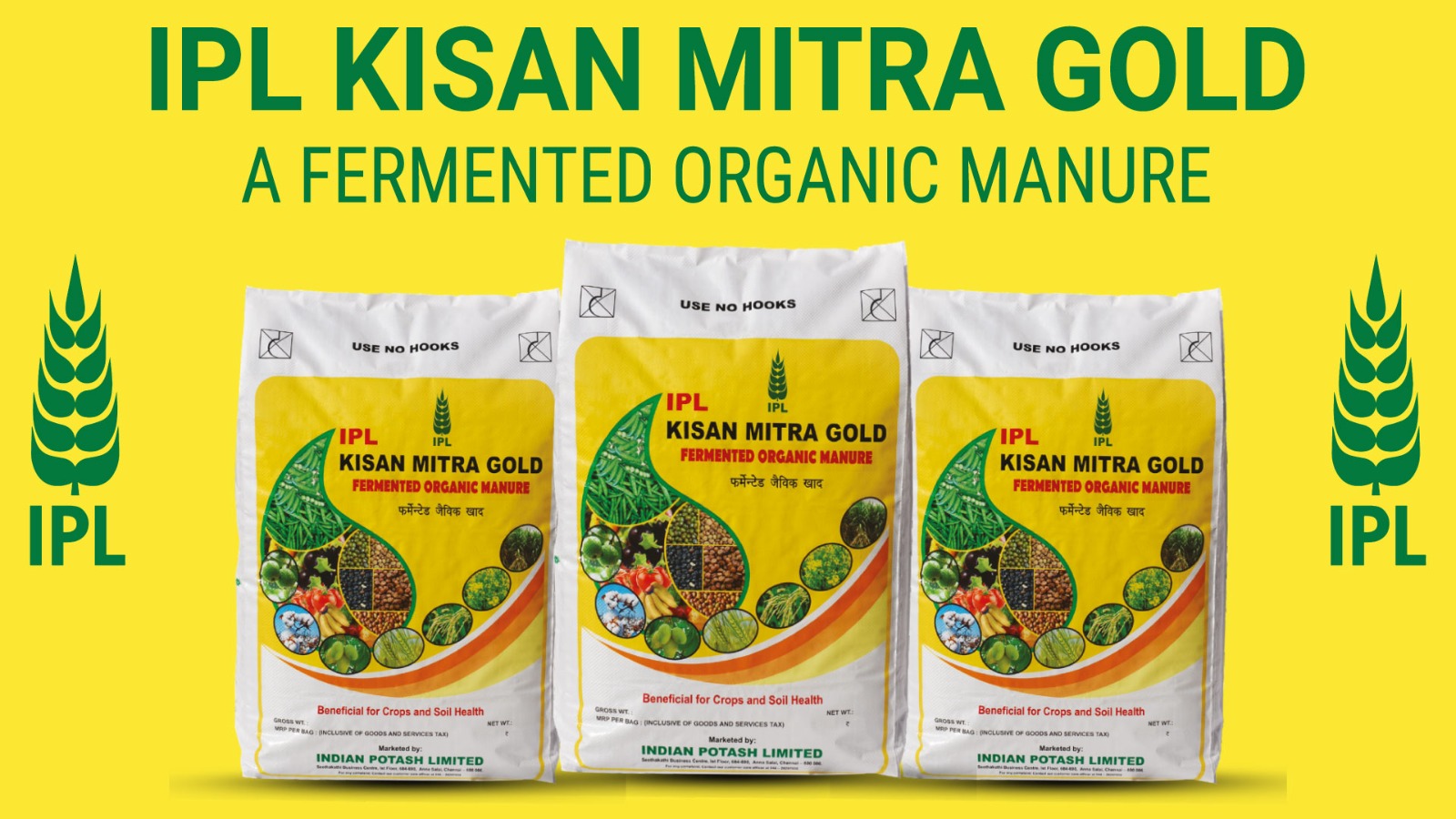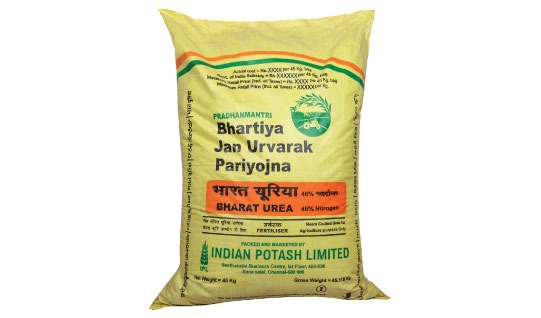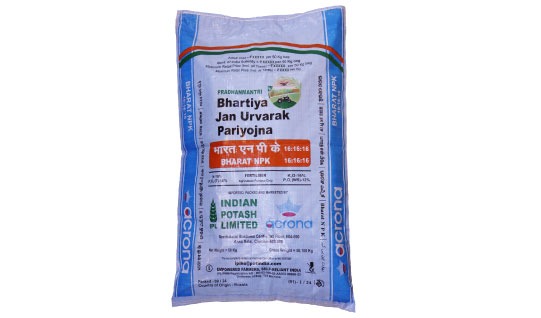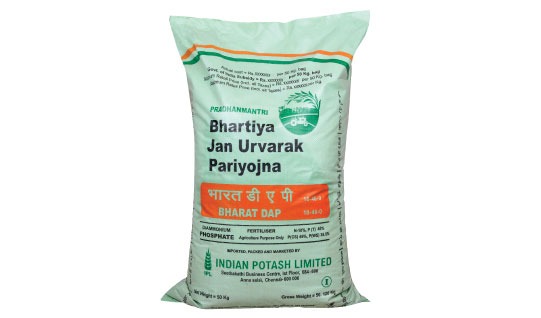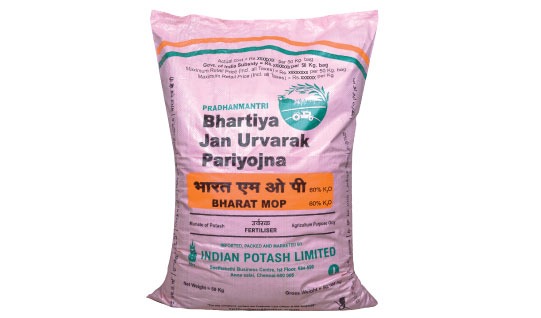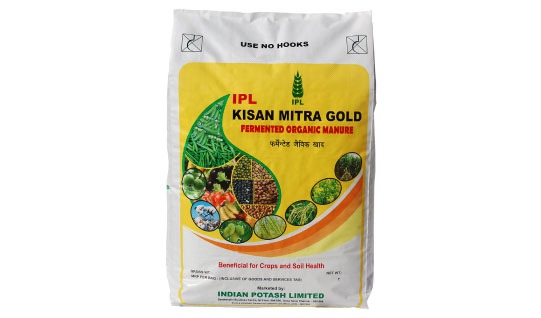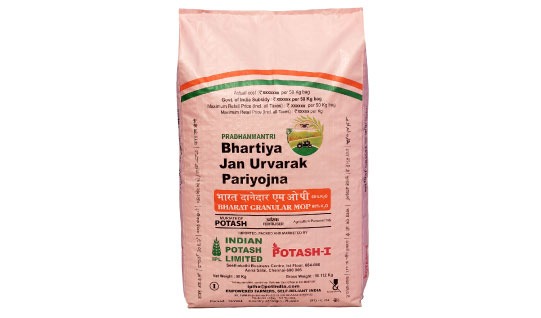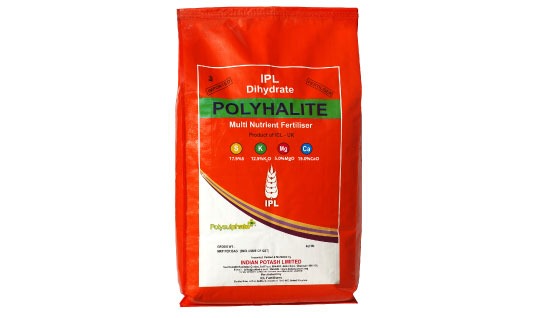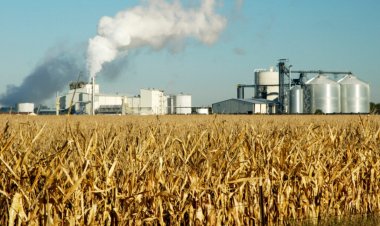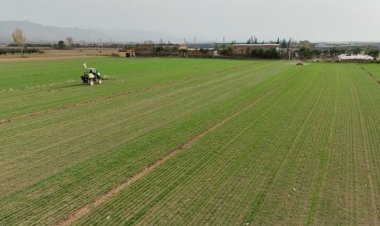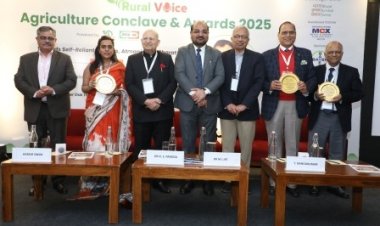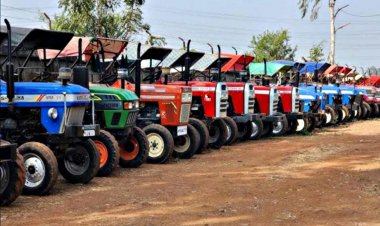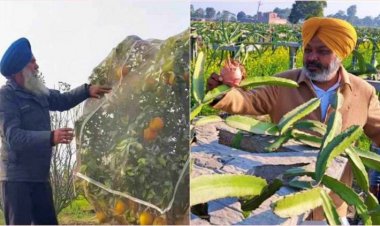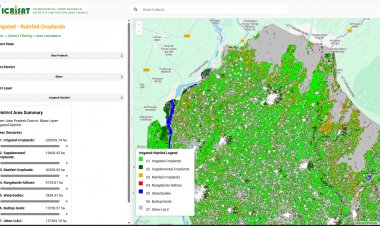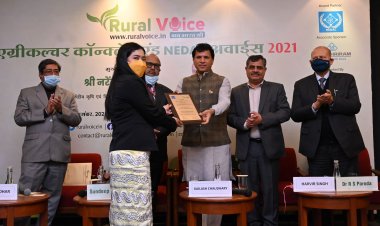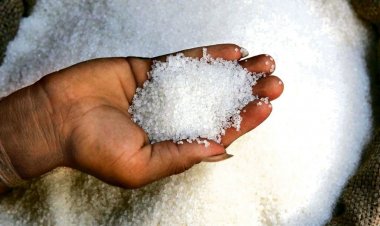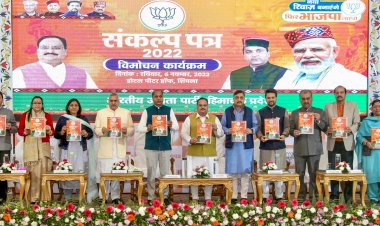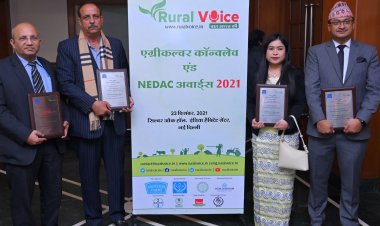Centre brings khandsari units under Sugar Control Order, mandates FRP payment to cane farmers
Khandsari units with a crushing capacity exceeding 500 TCD have been brought under the ambit of the revised sugar control order. This will ensure FRP payments to cane farmers by khandsari units and help in accurately estimating sugar production.

The Central Government has amended the six-decade-old Sugar (Control) Order, 1966, to bring khandsari sugar and khandsari sugar units under regulatory oversight. Khandsari units with a daily crushing capacity exceeding 500 tonnes (TCD) will now be required to comply with the same rules and regulations as sugar mills, including mandatory payment of the Fair and Remunerative Price (FRP) to sugarcane farmers. With this move, the government has taken a significant step towards tightening regulation over the khandsari sugar industry.
Union Food Secretary Sanjeev Chopra, speaking on Thursday, said the Government of India has prepared the Sugar (Control) Order, 2025, after a comprehensive review of the 1966 order. Khandsari units with a crushing capacity exceeding 500 TCD have been brought under the ambit of the new order. This will ensure FRP payments to cane farmers and help in accurately estimating sugar production. The notification of the amended order is expected to be issued soon.
According to an official release, the objective of the amendment is to simplify and streamline the regulatory framework governing the sugar sector in line with current industry dynamics and technological advancements.
While the Sugar (Control) Order, 2025 seeks to modernize the sugar sector, it also imposes additional compliance pressures, especially on Khandsari units. Digital integration, tighter controls, and an expanded scope may increase operational costs and reduce flexibility.
|
Also Read
The government has been preparing to regulate khandsari units for some time. Rural Voice published a report on this in September 2024.
|
As per the Food Ministry, there are currently 373 operational khandsari units across the country, with a combined crushing capacity of around 95,000 TCD. Of these, 66 units have capacities exceeding 500 TCD, with a combined capacity of about 55,200 TCD. These large units produce a substantial quantity of khandsari sugar and will now be regulated under the Sugar Control Order.
Under the new rules, khandsari units with capacities over 500 TCD will be required to digitally share sugar production data with the government. According to the ministry, this integration of systems will enhance operational efficiency and provide real-time data. Over 450 sugar mills are already integrated with the Food Department’s portal. Additionally, GSTN data related to sugar sales by mills is also integrated with the portal.
The government has also incorporated provisions of the Sugar Price (Control) Order, 2018 into the Sugar (Control) Order, 2025. As a result, there will no longer be a separate Sugar Price (Control) Order.
The government has included raw sugar under the ambit of the Sugar Control Order through this amendment. The Food Ministry stated that by including raw sugar under the control order, India will align with international standards. Raw sugar will now be counted in the country’s total sugar stock, enabling accurate stock data. At present, raw sugar is being sold under the names khandsari/organic sugar. Regulation will prevent the sale of raw sugar under misleading names.
Inclusion of various by-products
The revised order also includes various sugarcane by-products such as bagasse, molasses, press mud cake, and ethanol (produced from molasses, cane juice, sugar syrup, or sugar), as well as other alternative products that affect sugar production. The government claims this will help regulate sugar diversion and ensure sufficient sugar availability for domestic consumption.
Inclusion of various definitions
The amended order incorporates definitions of various types of sugar as per the Food Safety and Standards Authority of India (FSSAI). These include sugar, white sugar, refined sugar, khandsari sugar, gur or jaggery, bura, and cube sugar. This move aims to establish uniformity in the definition of sugar products. However, it may also bring several small units producing gur, bura, and similar products under regulatory purview.



 Join the RuralVoice whatsapp group
Join the RuralVoice whatsapp group